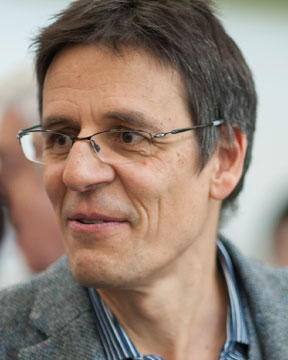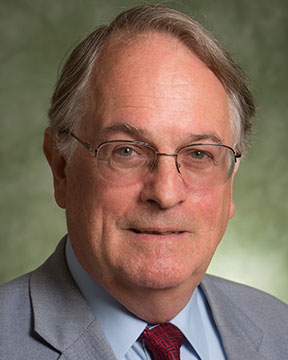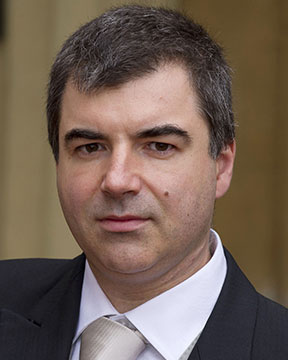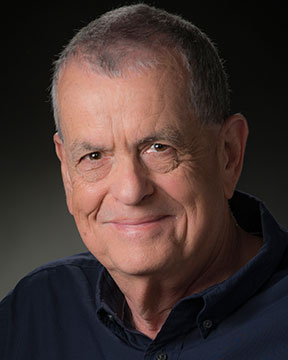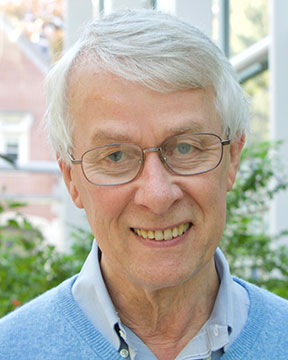Abstract:
The fatigue life of titanium alloys, such as Ti-7Al and Ti-6242 has been experimentally observed to be strongly affected by the microstructure and loading conditions. These materials are characterized by heterogeneous polycrystalline microstructures, exhibiting nonuniform distributions of crystallographic orientation, misorientation and morphological features. Considerable non-uniformity exists in the crystallographic orientation, crystallographic misorientation, grain size etc. at the microscopic length-scale. Material heterogeneities also exist at higher length scales e.g. in the form of micro-textured regions (MTRs). These clusters of grains with similar crystallographic orientation have been associated with poor fatigue performance in Ti-Al alloys [1, 2, 3]. Microstructural morphology and crystallography have strong effects on the fatigue response of the material at different scales. Nucleation of dwell fatigue cracks has been attributed to the load-shedding phenomenon in experimental and micromechanical studies. Load shedding occurs due to local creep in grains oriented for easy prismatic or basal- a slip (soft grains), causing time-dependent stress amplification in adjacent hard grains ([0001] axis parallel to the principal stress axis) with eventual cracking. Experimental observations in indicate that micro-cracks form on planes inclined at ∼15o to the (0001) plane in the hard grain. Dwell fatigue cracks nucleate in subsurface regions of the specimen, a phenomenon that is not well-understood in the literature. A major challenge in modeling this phenomenon is that it involves several spatial scales, viz. the scale of dislocation slip and crystallography-induced load-shedding (∼ µm), the scale of micro-textured regions and the scale of the specimen to be modeled. Representing events at this combination of scales requires a computationally efficient, microstructure-sensitive modeling framework.
This paper develops a robust multi-scale model for investigating fatigue crack nucleation in Ti alloys. For structural scale modeling of the specimen, it introduces the Parametrically Homogenized Constitutive Models or (PHCMs) that have been recently developed [4-7] for modeling deformation and fatigue crack initiation in Ti alloys. PHCMs are thermodynamically consistent, reduced-order models whose constitutive parameters are explicit functions of Representative Aggregated Microstructural Parameters or (RAMPs), representing statistical distributions of morphological and crystallographic descriptors of the microstructure. The basic forms of the PHCM equations are a-priori selected to reflect the fundamental deformation characteristics of the aggregated response of crystal plasticity finite element model (CPFEM) simulations of microstructural statistically equivalent representative volume elements or (SERVEs). Machine learning tools are employed to obtain these functional forms using micromechanical time-dependent plastic deformation and fatigue crack nucleation data-sets that are generated from image-based CPFEM simulations of the SERVEs. These constitutive parameters also incorporate state variables representing the up-scaled effect of microstructural deformation mechanisms. The PHCMs are readily incorporated in commercial FE software like ABAQUS through user-defined material modeling interfaces such as UMAT, for microstructure-sensitive structural response predictions. Significantly reduced number of solution variables in the PHCM simulations, compared to DNS of micromechanical models, make them several orders of magnitude more efficient with good accuracy. In addition to the PHCM, a parametrically homogenized crack nucleation model (PHCNM) is developed in [7,10] to identify hot-spots of potential fatigue nucleation in test specimens, with underlying explicit fatigue crack nucleation in the microstructure. While the PHCMs provide a novel framework for predicting microstructure-dependent structural response, they are not complete without accounting for uncertainties that persist in their development. Uncertainties arise in the PHCM forms and equations predominantly due to the limited size of datasets used in the calibration process, as well as natural variabilities in the microstructure. Two categories of uncertainty are often associated with the modeling of physical systems. They are: (i) the epistemic uncertainty in the model form resulting from incomplete knowledge and data on the system being modeled, and (ii) the aleatoric uncertainty that arises from inherent variabilities in the phenomenon that cannot be reduced by further investigation. The explicit representation of microstructural variables in the PHCM constitutive equations makes them particularly suitable for incorporating the uncertainty quantification (UQ) capabilities. Uncertainties due to model reduction error and data sparsity error are accounted for by employing a Bayesian framework to calibrate the functional forms of constitutive parameters from CPFEM-generated analysis data, in contrast to the deterministic calibration. Microstructural variability in this formulation is represented by a stochastic extension of the representative aggregated microstructural parameters or RAMPs. For computationally efficient propagation of uncertainty from the three sources to time-dependent material state and model output variables, a Taylor series expansion-based uncertainty propagation (UP) method is developed in this work.
|



